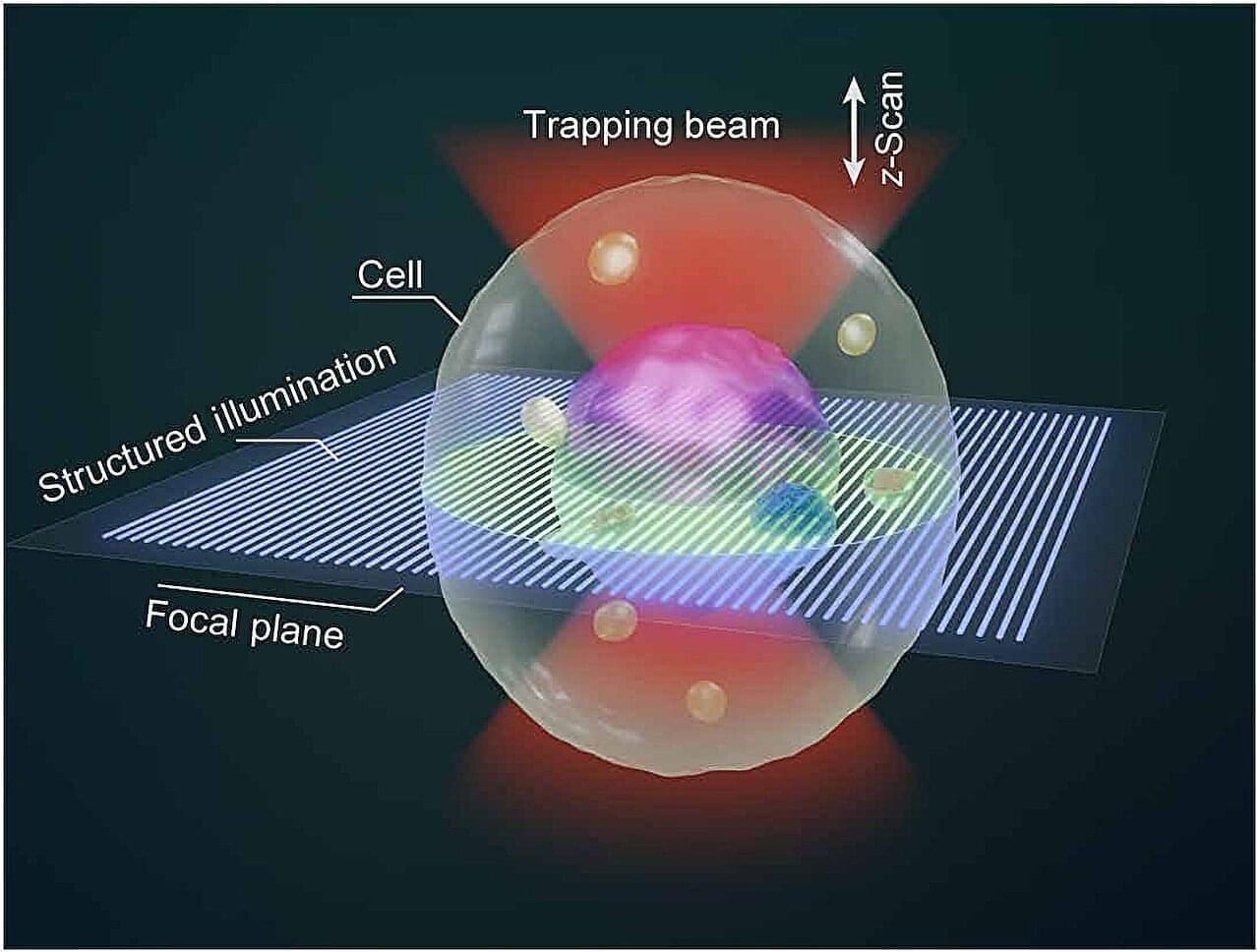Contrary to what textbooks have claimed for over a century, cell division does not always follow the same pattern. Researchers have just demonstrated that cells can divide asymmetrically, overturning the foundations of taught biology.



Anders Sandberg joins me to discuss superintelligence and its profound implications for human psychology, markets, and governance. We talk about physical bottlenecks, tensions between the technosphere and the biosphere, and the long-term cultural and physical forces shaping civilization. We conclude with Sandberg explaining the difficulties of designing reliable AI systems amidst rapid change and coordination risks.
Learn more about Anders’s work here: https://mimircenter.org/anders-sandberg.
Timestamps:
00:00:00 Preview and intro.
00:04:20 2030 superintelligence scenario.
00:11:55 Status, post-scarcity, and reshaping human psychology.
00:16:00 Physical limits: energy, datacenter, and waste-heat bottlenecks.
00:23:48 Technosphere vs biosphere.
00:28:42 Culture and physics as long-run drivers of civilization.
00:40:38 How superintelligence could upend markets and governments.
00:50:01 State inertia: why governments lag behind companies.
00:59:06 Value lock-in, censorship, and model alignment.
01:08:32 Emergent AI ecosystems and coordination-failure risks.
01:19:34 Predictability vs reliability: designing safe systems.
01:30:32 Crossing the reliability threshold.
01:38:25 Personal reflections on accelerating change.

Big News! My New Audiobook The Intelligence Supernova is Now Live! 🎧 I’m thrilled to announce the release of the audiobook edition of The Intelligence Supernova: Essays on Cybernetic Transhumanism, the Simulation Singularity & the Syntellect Emergence. This project has been incredibly close to my heart—it dives deep into the unfolding convergence of advanced AI, consciousness, and our collective evolution beyond biology. In this book, I explore the concept of the “Intelligence Supernova”—a coming explosion of synthetic and post-biological intelligence that may soon give rise to a planetary-scale mind, the Syntellect. It’s a philosophical and scientific journey that challenges you to imagine what lies beyond the Technological Singularity: digital immortality, mind-uploading, the emergence of infomorphs, and the architecture of a conscious Universe. This audiobook is for futurists, technophilosophers, and all curious minds ready to glimpse humanity’s metamorphic future. If you’re drawn to ideas like cybernetic immortality, experiential realism, or the Omega Point Cosmology, I think you’ll find this work especially meaningful.
Now available on Amazon: Audible: https://www.audible.com/pd/The-Intelligence-Supernova-Audiobook/B0FGZ3JMPM #IntelligenceSupernova #CyberneticTranshumanism #SimulationSingularity #SyntellectEmergence #SyntellectHypothesis #cybernetics #singularity #transhumanism #posthumanism #AGI #superintelligence
Amazon.com: The Intelligence Supernova: Essays on Cybernetic Transhumanism, The Simulation Singularity & The Syntellect Emergence (Audible Audio Edition): Alex M. Vikoulov, Ecstadelic Media Group, Virtual Voice: Books.


The future of sustained space habitation depends on our ability to grow fresh food away from Earth. The revolutionary new collaborative Moon-Rice project is using cutting-edge experimental biology to create an ideal future food crop that can be grown in future deep-space outposts, as well as in extreme environments back on Earth.


Three-dimensional (3D) imaging is essential for investigating cellular structure and dynamics. Traditional optical methods rely on adhesive or mechanical forces to hold and scan cells, which limit their applicability to suspended cells and may induce stress responses. Developing a non-contact, all-optical 3D imaging technique for live suspended cells remains a major challenge in advancing in situ biological research.
In a study published in Science Advances, Prof. Yao Baoli from the Xi’an Institute of Optics and Precision Mechanics (XIOPM) of the Chinese Academy of Sciences and Prof. Olivier J. F. Martin, from the Swiss Federal Institute of Technology, Lausanne, developed the optical tweezer sectioning microscopy (OTSM), enabling all-optical 3D imaging of suspended live cells, which offers a powerful new tool for live-cell imaging, dynamic biological studies and multicellular assembly.
Researchers developed OTSM by integrating holographic optical tweezers (HOTs) with structured illumination microscopy (SIM).

